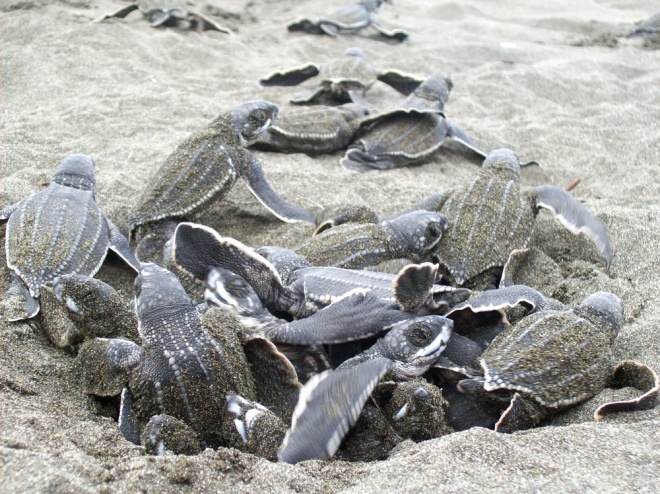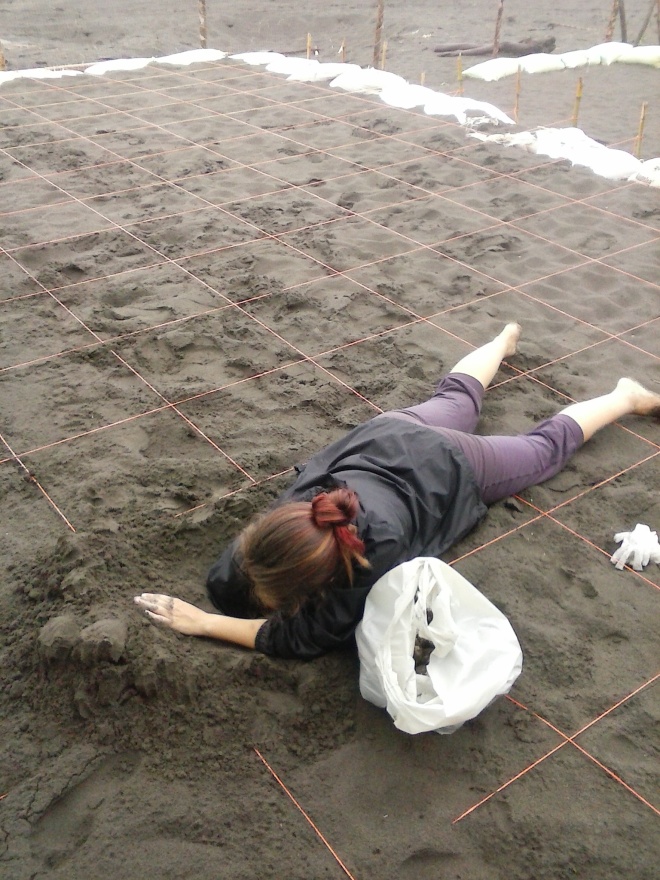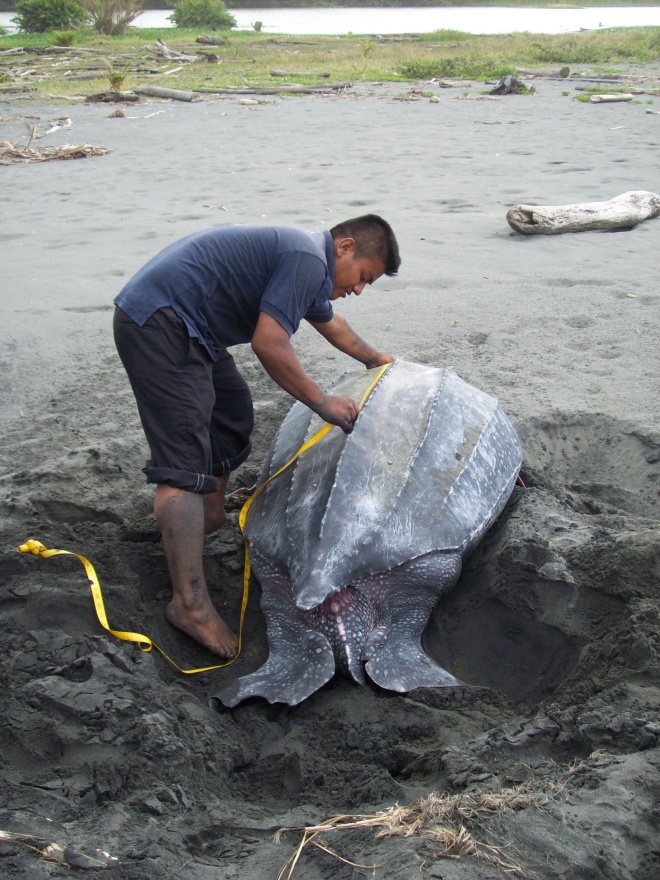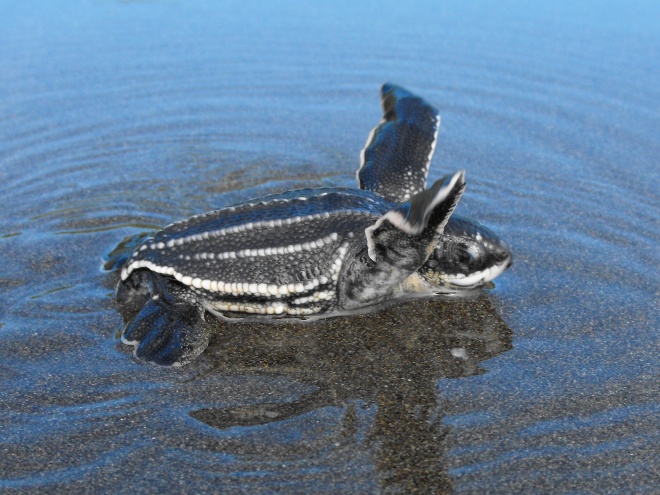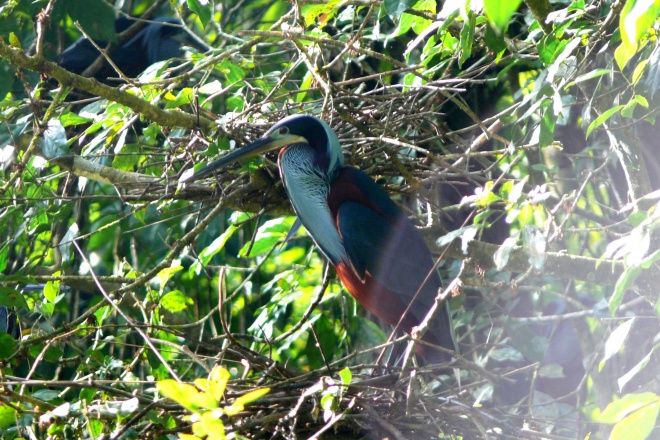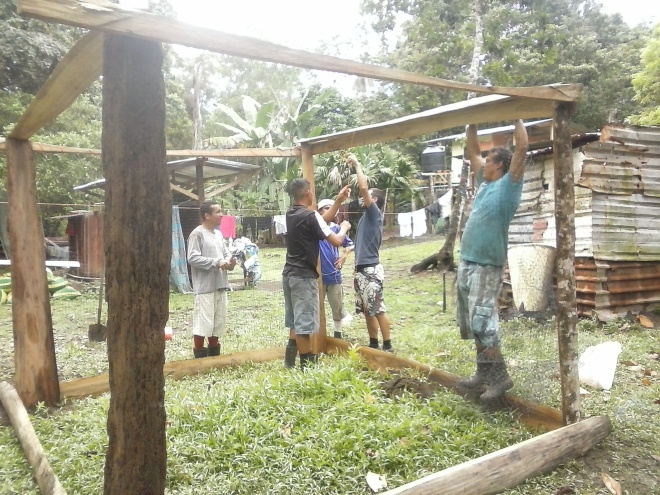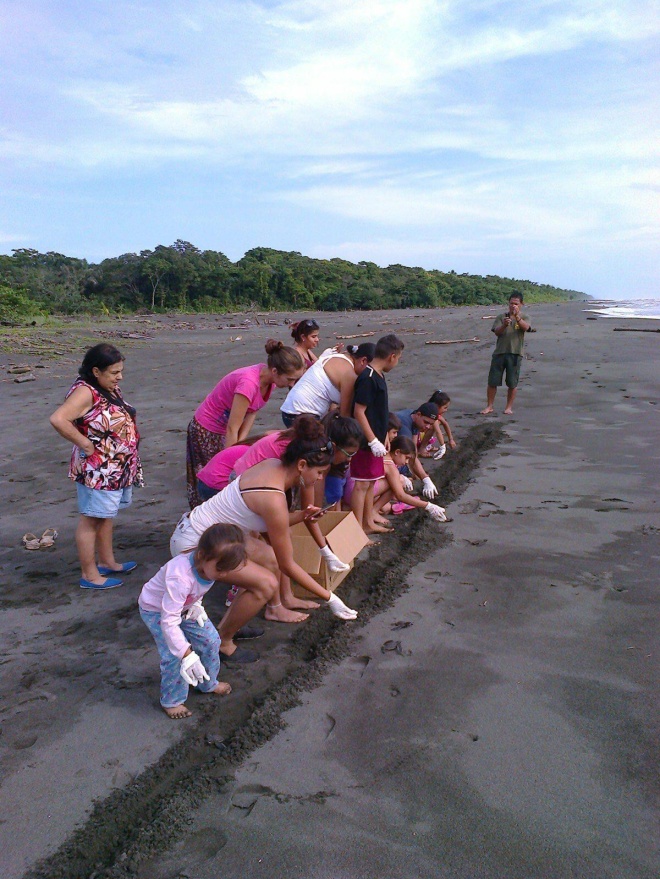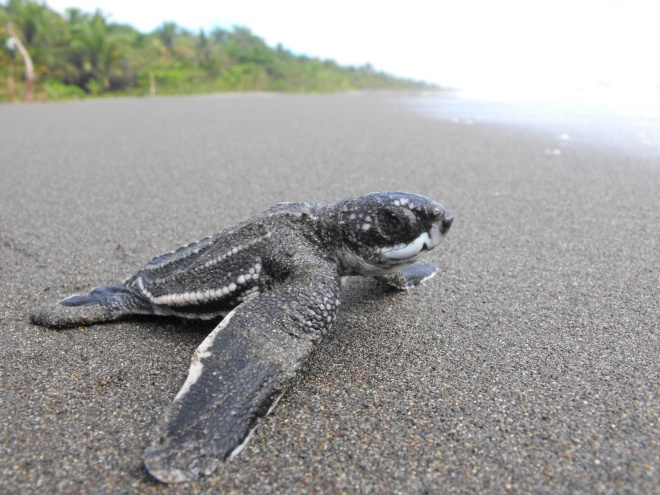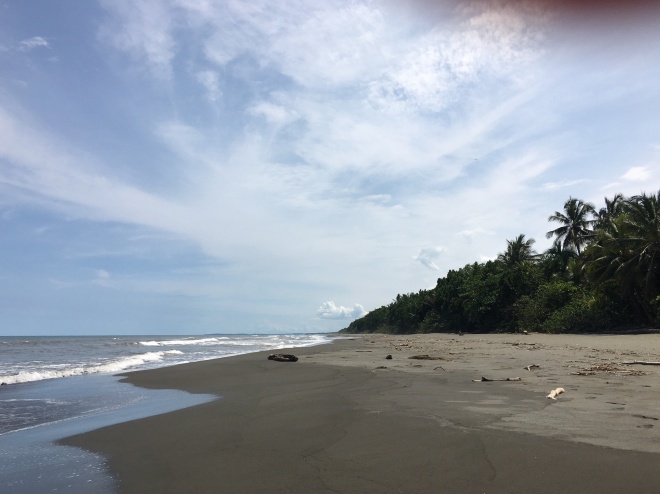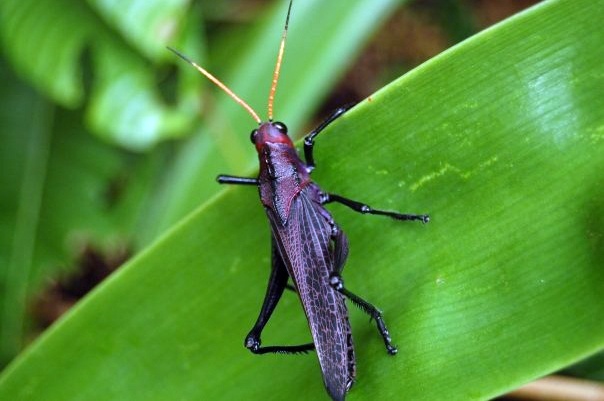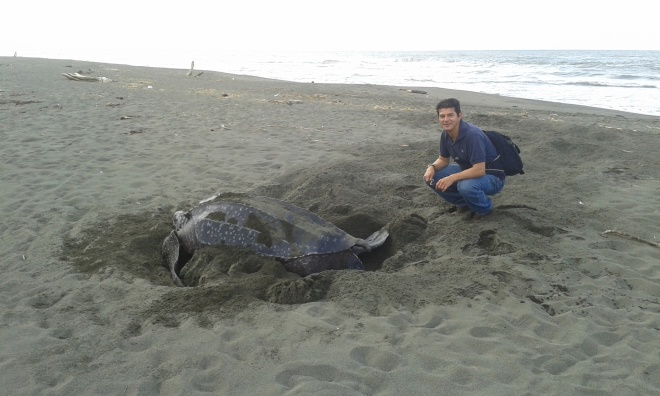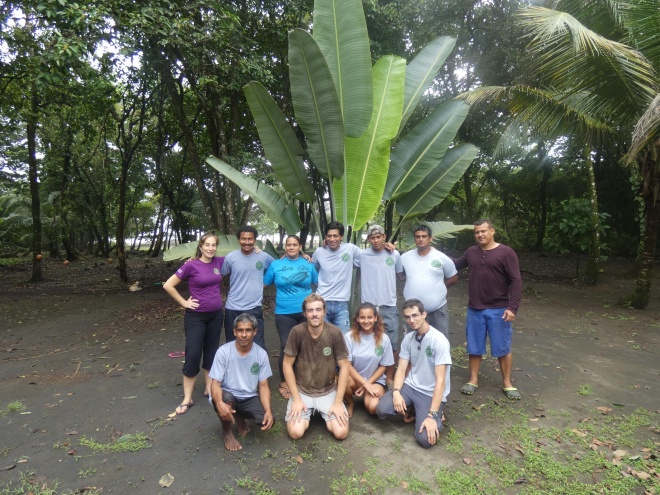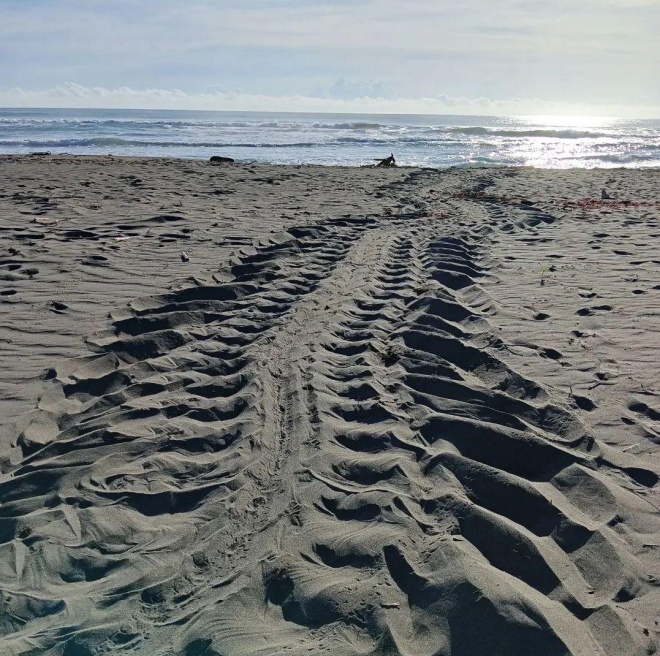Rainforest Concern has been protecting marine turtles on the Caribbean coast since 1993. The great success of our work with the Pacuare Reserve saw a massive reduction in poaching of leatherback turtle eggs. As a result of this positive experience we have turned our attention to Urpiano beach, immediately to the south of Pacuare.
Since 2016, Rainforest Concern and its Costa Rica team have run a programme to patrol Urpiano beach and protect the eggs and hatchlings during the nesting and hatching season. Previously, Urpiano had been notorious for illegal poaching of turtle eggs - in an initial survey conducted in 2015, 100% of eggs were poached.
This project’s aim is to protect the beach for the turtles' long-term survival. Through monitoring and protection, environmental education and involving the local community, our goal is to ensure these hatchlings have a higher chance of survival.
